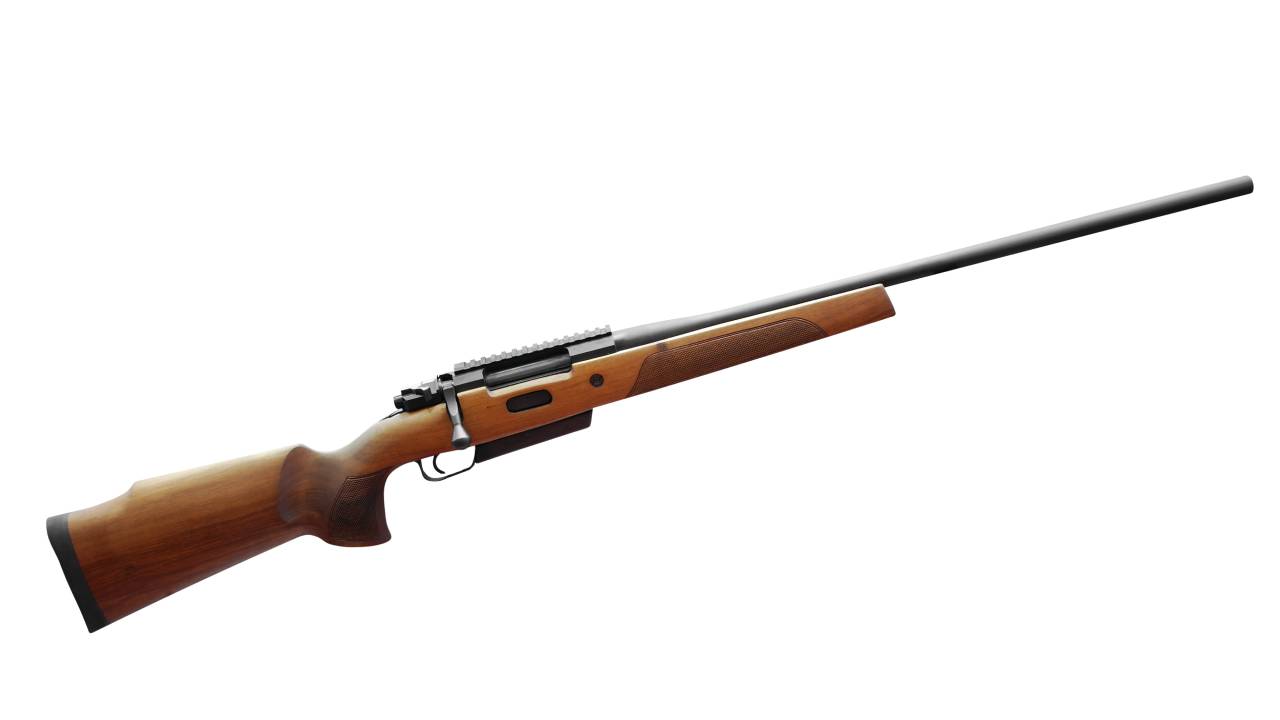The right finish can offer many benefits for a firearm, from improving its durability to enhancing its aesthetic appeal. Gun owners have many options when it comes to finishes, from bluing to anodizing and more. Read on to learn all about what gun owners need to know regarding these firearm finishes. Bluing Bluing is a traditional finish that enhances […]
Author: Dianne Pajo
4 Ways To Improve Your Excavator’s Traction
When you’re out in the field, nothing’s more frustrating than your excavator struggling for grip. Whether you’re tackling rocky terrain or muddy grounds, improving traction is key to getting the job done efficiently and safely. We’ll explore some effective ways to improve your excavator’s traction so you can confidently tackle any project. Understand Your Machine’s […]
Enhance Farm Efficiency Through Smart Junk Removal
Running a farm means waking up before anyone else wants to, doing the work no one else ever sees, and juggling the tasks that feel impossible. Though an inherently difficult job, farmwork is something you can make easier for yourself. Junk removal can help lighten the load by streamlining operations and getting rid of the […]
The Best Pieces of Equipment for Land Clearing
Land clearing is a fundamental step in transforming rugged terrain into usable land for construction, agriculture, or environmental management. With the right equipment, this process can be efficient, safe, and less time-consuming. In this guide, we’ll explore the top pieces of equipment that can make your land-clearing project smoother and more effective. Skid Steer Loaders […]
5 Tips for Staying Safe During Your Home Renovation
Transforming your living space to meet your needs is one of the most exciting parts of home renovation. However, DIY projects often involve risks, so prioritizing safety is a must for a successful project. Follow these essential tips for staying safe during your home renovation. Gear Up with Safety Equipment Equip yourself with essential protective […]





